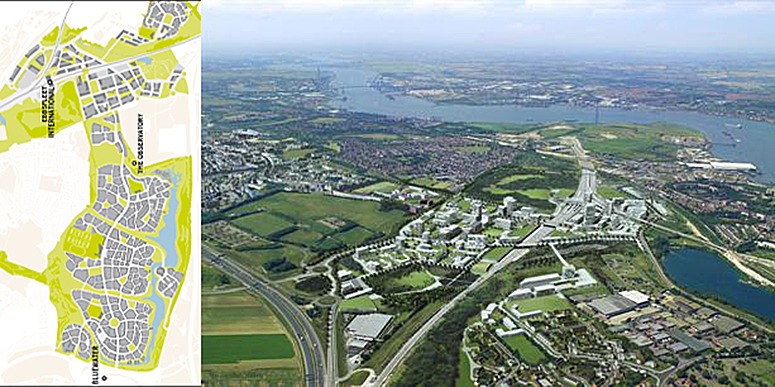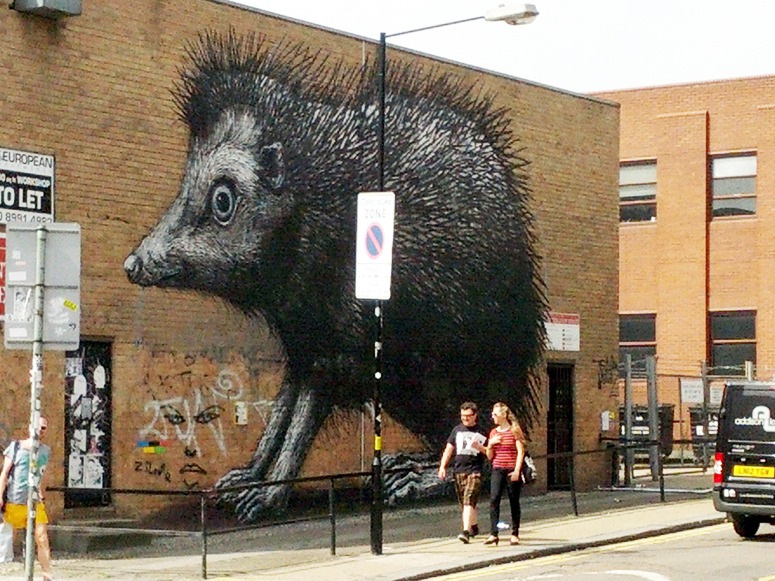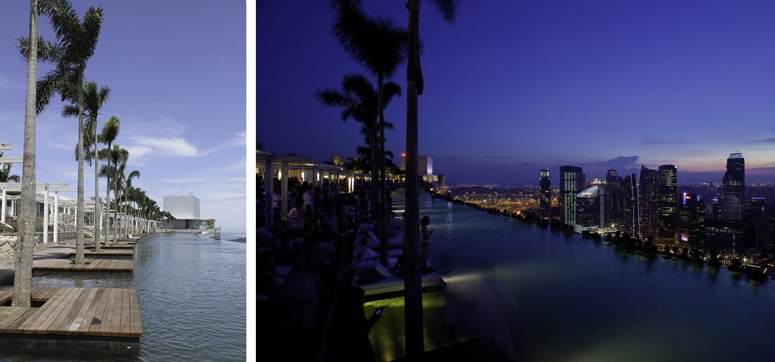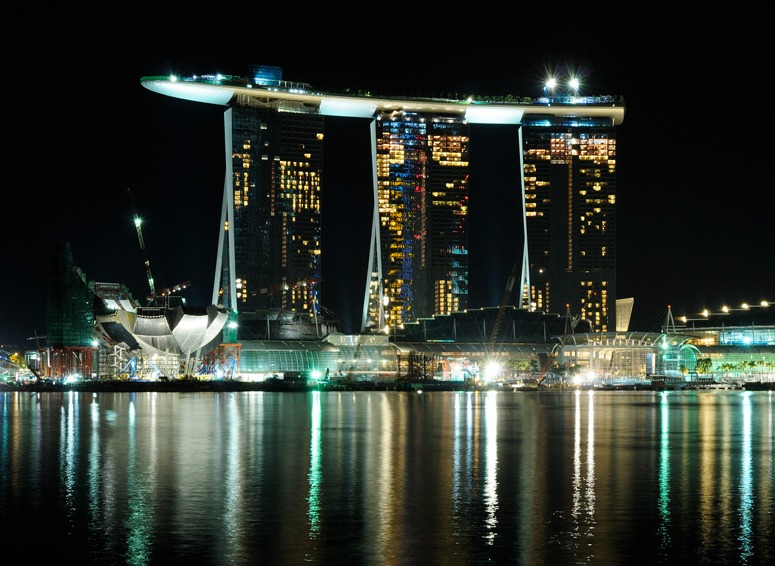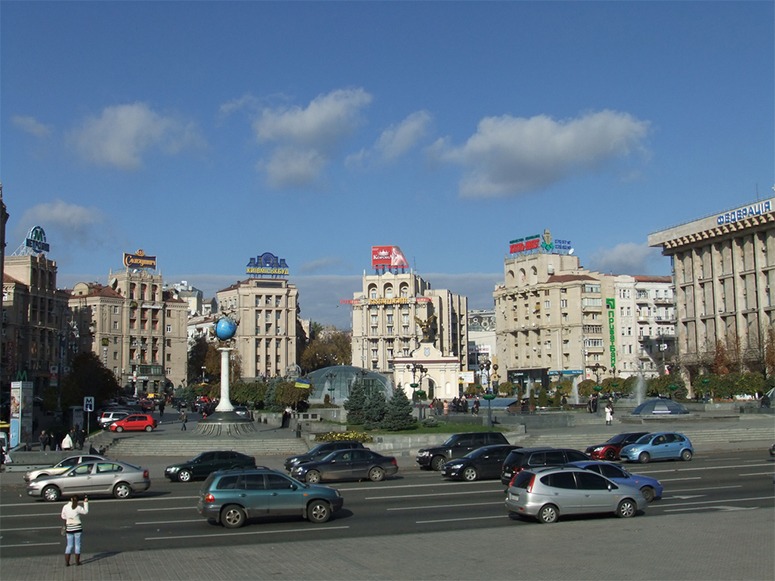Will Ebbsfleet be a Garden City a New Town or an overblown Housing Estate?
1) will it, like the real Garden Cities (Welwyn, Letchworth etc) be an idealistic private enterprise project with an emphasis on gardens, parks and landscape development? No.
2) will it, like the post-1946 New Towns, be a central government project, making money by buying land at agricultural prices and selling some of it at development land prices? We have not been told – but I doubt it.
3) will it be a subsidised housing project with few objectives except ‘get ’em up in time for the next election’? Quite likely.
Now let’s consider the design aspects:
1) will it be a ‘city’ of houses with generous gardens and parks? I doubt it.
2) will it, like most contemporary residential projects in and around London, be a development of medium-rise residential blocks with no ground-level gardens, no green living walls and no roof gardens? Very probably.
So what should be done? I have no objection to using a development corporation to take the project out of local government control (until it is built) PROVIDING central government involvement is used to achieve public interest objectives. They should use development corporation powers to streamline and enhance the planning process. Then they should spend much of the promised £200m on green infrastructure. This would kick-start the project, as is desired, and achieve public goods comparable to those provided by the Garden Cities and the New Towns.
It is significant that the population of Ebbsfleet ‘Garden City’, at 15,000, will be the same as that of England’s best twentieth century housing development: Hampstead Garden Suburb. The Suburb (which is what Ebbsfleet should be called) was designed ‘on garden city lines’ using the transition concept developed on the great estates of the eighteenth and nineteen centuries.

